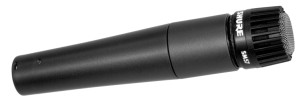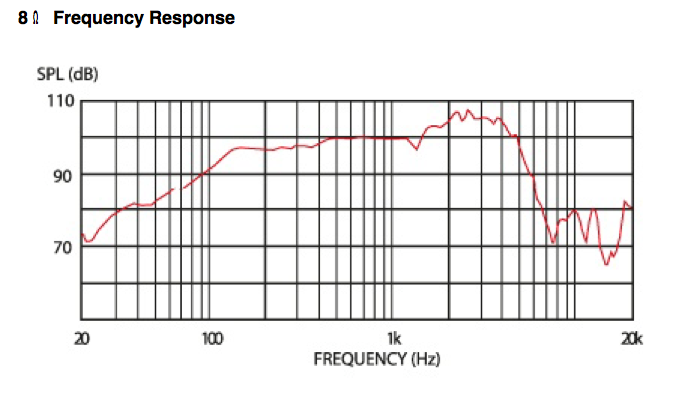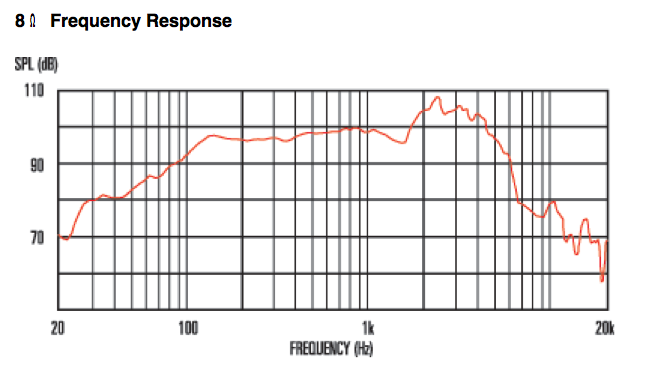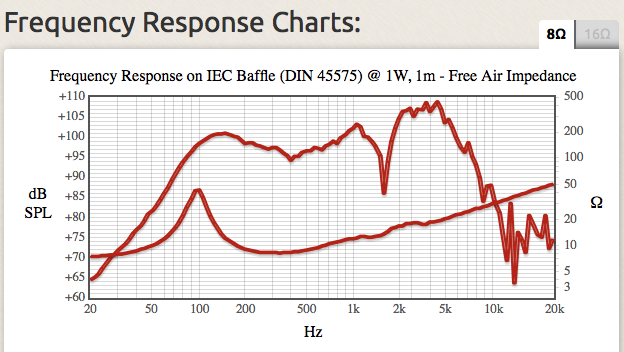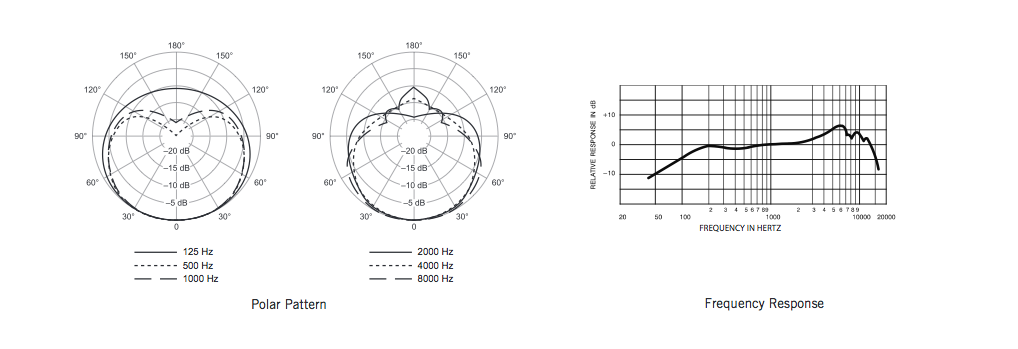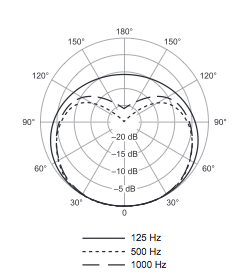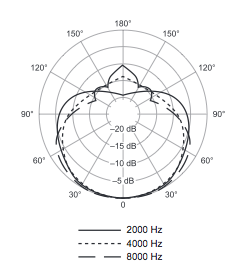Anyone in the live audio industry is well acquainted with the Shure SM57 and the Shure SM58. The SM57 is the most widely used mic for micing guitar amps and snare drums on Earth.
It’s important to note that the SM57 and SM58 share the exact same dynamic mic element. The Shure Unidyne III. The only real difference between the two mics being the metal ball on the SM58 which DOES affect the frequency response.
Shure SM57 webpage
Shure SM57 – user guide PDF
Shure SM57 specsheet PDF
Shure SM57 – Mix online article
[gview file=”http://www.audiomeasurements.com/wp-content/uploads/2014/09/us_pro_sm57_specsheet.pdf”]
Released in 1965, the SM57 turns 50 soon! Why are we still using this $100 mic for anything? I have a theory. People are afraid of change. We’re all used to what we get when we use a SM57 on a guitar amp or snare and so we use them. Does this mean that there isn’t room for improvement? Absolutely not. In recent experiments measuring guitar amps, it has become obvious that varying the placement of a microphone (any mic) on a guitar speaker can had huge effects on the captured sound.
If you browse the frequency response charts of your average guitar speakers (any company, any model) you will notice that there is typically a huge amount of excess energy in the 2k to 4k range.
Here is an article about popular guitar speakers:
Guitar Player Magazine – All About Speakers
Here are a few samples to make the point.
Example 1: The Celestion Vintage 30.
Celestion – Vintage 30 webpage
Example 2: Celestion G12M Greeback
Example 3: Jensen P12N
Here is a neat page Jensen provides that lets you compare the frequency response of their speakers:
Jensen – Frequency Response Comparison Chart
Basically a 12″ speaker has an inherent 2k to 4k peak. Considering what we know about human hearing, that alone is a bad thing in my book. Then to use a microphone with a frequency response that looks a lot like a 12″ speaker (has a 2k to 4k peak), makes even less sense to me.
Here is the stated frequency response of an SM57 on axis.
Let’s say your guitar speaker has a 5db peak between 2k and 4k. Then the mic you use has a 5db peak in it’s frequency response between 2k and 4k. 10db of extra 3k on an instrument that already be overly bright? NO THANKS!!!
If the idea is to use the right mic for the right instrument, I would argue (a lot actually) that an SM57 is NOT the right mic to mic a guitar speaker.
It’s important to take special note of the polar response (of any mic) and what doing so reveals. One of the things that is obvious when you start comparing different microphone’s polar patterns is that the concept of a true “cardioid” mic is flawed. At what frequency is the mic cardioid? Low end is mostly omni regardless of which microphone you use. This is why it’s really important to use your console HIGH PASS filters. Otherwise you end up with a stage that is completely omni at low frequencies. Your speakers are all omni and your mics are all omni at low frequencies. Now what?
If you high pass each mic to a frequency that is appropriate for each instrument, you clean up your mix a lot. Do we really need a mic producing 50hz that is micing a guitar amp? Maybe. If the guitarist is playing a 7 or 8 string guitar. Most people will benefit from using a HIGH PASS filter on most channels. I use one on even the kick drum and bass channels just to avoid subsonic mush. If a PA can’t produce a frequency below 40hz, there is no reason to send it signals that go down to 20hz. In a perfect world, they PA is being processed so it won’t harm the PA but why risk it?
Let’s move on to the high end response of a mic (any mic). Weird things happen when you start putting metal mesh over a mic element.
For the SM57, it’s basically omni up until above 125hz. It would be interesting to see where the transition from omni to cardioid truly happens. The mic response is cardioid by 500hz but where did most of the transition happen?
In the high range, the polar response shows the mic becoming omni like at 8k. If there was more information to this polar plot, we might see that above 8k, the mic continues to return to an omni like pickup pattern.
So when you aim a SM57 at a snare like every one pretty mic does, you’re obviously micing the snare off axis.
INSERT PHOTO
This could explain why people use it on a snare. The bulk of a snare drum hit is right in the frequency response of an SM57 that has a peak. By micing the snare off axis, you’re rejecting a lot of the “painful” part of the snare.
I would argue that using a mic with a flatter response and aiming it toward the drum is likely an option we should all explore. For this reason, my favorite affordable dynamic mic for all drums is the Sennheiser E604.
INSERT PHOTO


